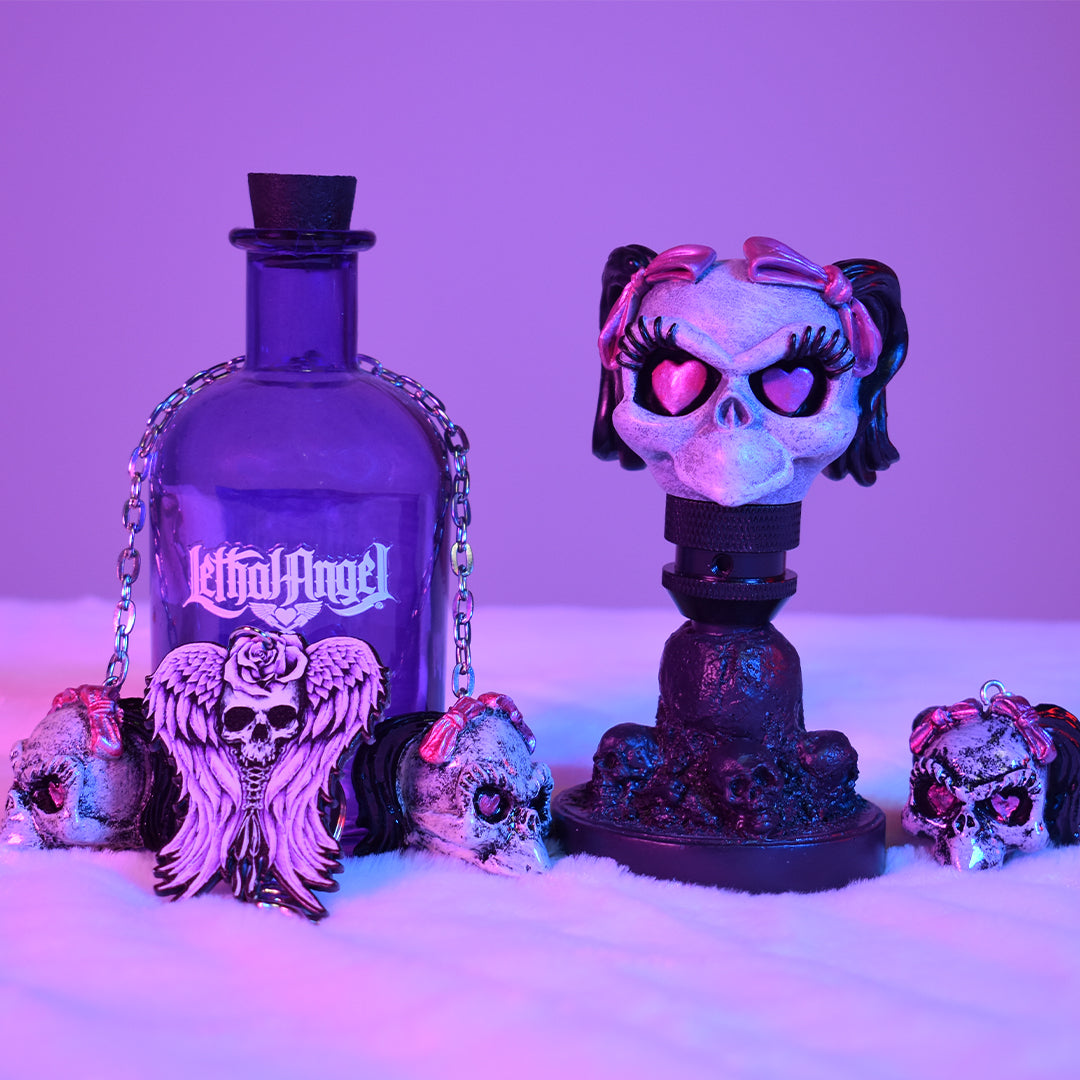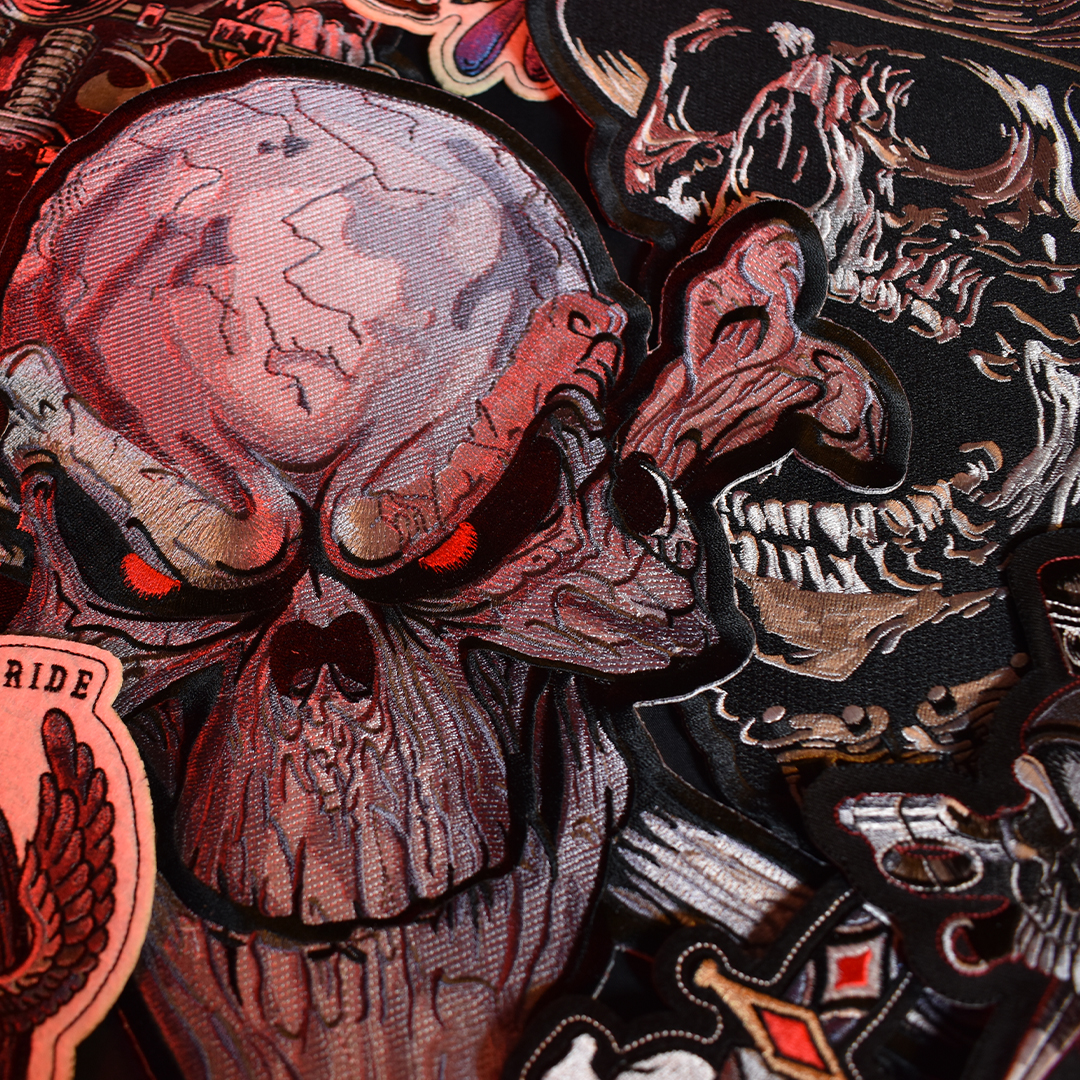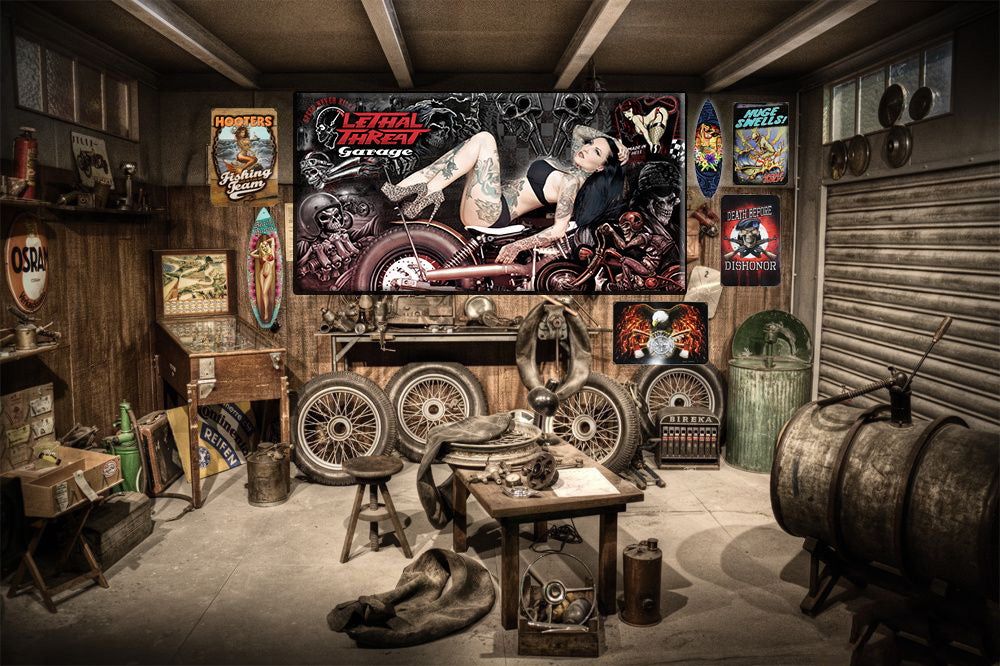Rock vs Metal
Rock and metal music are a big part of biker culture. Lethal Threat dives into the history of the genres.
To the people who leave their radio tuned to Top 40, the differences between rock and metal are hard to hear. And to be fair, rock and metal nerds don't do themselves any favors by introducing so many damn sub-genres, from prog rock to nu metal. Still, the two blend in many people's ears.
And both figure in largely within biker culture. Hot rods and heavy guitars go hand in hand. Drums and V-twins do the same things to our ears. Unlike other appropriations of biker culture, motorcycle life has grown right beside rock and metal. Both have boosted each other and helped the other evolve.
Rock and metal musicians use icons and insignias of the riding life because they have lived it. And their music becomes the soundtrack of our lives.
So this subject is a worthy deep-dive. In the landscape of modern music, where rock and metal aren't seeing the same kind of mainstream success they used to, it might seem like the genres are dying. Despite the cultural shift, we know that couldn't be further from the truth. There are still millions of dedicated fans and musicians out there keeping the community alive. As much as rock and metal have integrated over the years, they are two distinct genres with different sub-cultures. If you're a lover of either, this article should cover exactly what makes each one so special; and where to draw the line between the two for those who are looking to see where they stand.
Rock of Ages
Rock music has changed a lot over the last seventy years, and naturally so has it's sound. Early artists in rock such as Elvis Presley were breaking ground by taking the sounds of the blues and magnifying them with electric guitars and bass, as well as keyboards. The genre quickly began to evolve, with new strains of rock emerging in the '60s from bands such as The Beatles and The Beach Boys.
By this point, rock 'n' roll was a worldwide sensation, introducing music and values into youth culture that were shocking and transgressive for their time. Of course, what's outrageous to one generation will be the status quo for the next, leaving the envelope to be pushed by someone new.
Metal Emerges
By the 1970s, Black Sabbath and Iron Maiden were two of the pioneering bands for what would go on to be called heavy metal, a genre that took the sounds of rock music to louder, and more theatrical extremes.
Metal instruments are often tuned much lower with an emphasis on heavy distortion, extended guitar solos, more aggressive vocals and intense rhythms. In contrast to the mostly clean and formal look of rock at the time, metal also featured darker imagery and bands were more comfortable wearing black leather and letting their hair grow out. Metal used pulp and horror movie aesthetics to achieve the dramatic effect they were looking for, some even dabbled in demonic symbols. For a long time, metal was considered a genre that would turn your kid into a Satanist by generations that didn't understand it, as funny as that seems today.
Both Get Stronger
Each genre grew in style over the ensuing decades, usually moving in a more energetic direction. In the 1980s, rock music had Queen and AC/DC, while thrash became the new popular form of metal with bands such as Metallica and Slayer. Thrash was much more fast-paced and propulsive than early heavy metal and the same was true of '80s rock.
The increase in heaviness would carry through to the '90s, when artists such as Nirvana and Pearl Jam brought grunge, a more distorted and edgy sound, to the forefront of rock music. Simultaneously, Pantera ushered in a more brutal, groove-based sound to metal - not to mention the increasing popularity of extreme metal subgenres such as death metal. Essentially, as rock got harder, metal got heavier every step of the way.
By the 21st century, rock and metal have become established musical genres to the point that they have been taken in nearly every artistic direction imaginable. With screaming more acceptable in music than ever before, metal is sounding at its most ferocious. Rock music ranges in style and tone to the point that even rappers such as Machine Gun Kelly have tried their hand at it (although we'd be lying if we said that artists such as him were a shining example of quality). Fashion in rock has become universal to the point that the overall look of an artist isn't necessarily indicative of their sound at all. Just look at a band such as Ghost and then give them a listen.
Still Evolving
It's almost too much to keep track of, but don't worry, this won't turn into a lesson on "pirate metal" or "medieval folk rock," although some of you may just want to google those for your own amusement. Regardless, metal has remained successful with bands like Slipknot, Five Finger Death Punch and The Strokes and Foo Fighters for rock. These bands, along with so many more, are still finding success with their audiences, even if they aren't topping the charts as highly as they used to. Even Judas Priest released an album in 2018 that got some serious attention.
For many, rock and metal are more than just styles of music, but also larger communities of people who have found common ground in liking something that often goes against the grain. This is best exemplified by data recorded by streaming platforms like Spotify, which shows that metal fans are some of the most loyal out there in terms of their listening habits. No one would listen to a single type of music with so much dedication if it was just superficial fun to them. Not to mention the sheer number of people with band tattoos, or that wear t-shirts with either a logo or metalhead iconography as a form of self-expression. Despite all the doomsayers in our current media landscape, the passion of rock and metal fans has proven that it can endure without the cultural reverence it once had.















Leave a comment